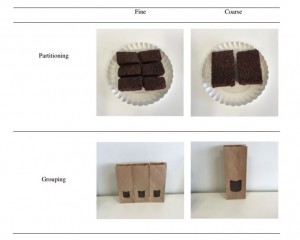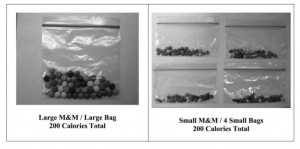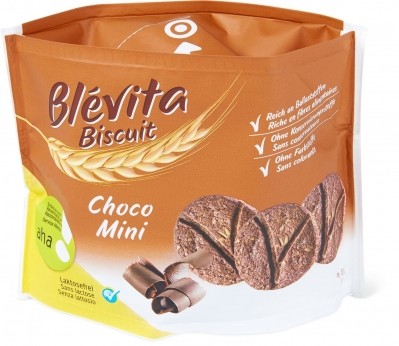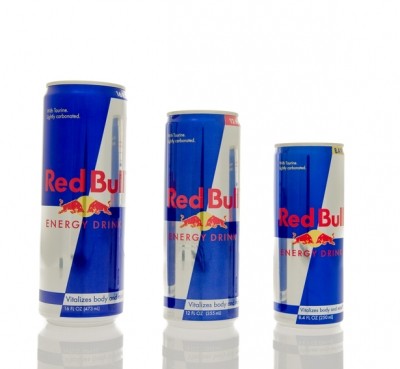Size matters: Researchers question smaller packaging’s effect on obesity

They say grouping tempting foods into many small packages versus fewer larger packages may increase consumption.
The study published in the Journal of Business Research by Gudrun Roose et al. at Ghent University in Belgium says while portioning sweet foods into many, smaller units versus fewer, larger units may reduce consumption, consumers may over indulge if there are more, smaller packages compared to fewer, large packages.
“If companies want to achieve a health-conscious image, they must ensure the long-term efficacy of their products, but the overconsumption of partitioned, large unit sizes or multiple, small packages over time instead would increase people's body weight and undermine the companies' credibility,” said the study.
Method
The study authors analyzed previous research in the field and conducted a study with 188 students.
They asked the students to watch a movie for 10 minutes while eating brownies under one of four conditions:
- CONDITION ONE - Six small pieces on a plate
- CONDITION TWO -Two large pieces on a plate
- CONDITION THREE - Three small bags containing two pieces in each
- CONDITION FOUR - One large bag with six pieces
All four conditions had a total weight of 100 g. The researchers measured the weight of leftover brownies after 10 minutes.
The researchers found participants in Condition One ate less than those in Condition Two – however, students in Condition Three ate more than those in Condition Four, despite the smaller bag size.
Portion size management
The study said manufacturers should adapt portion and package size accordingly.
“For example, companies that sell ungrouped products should partition their products into multiple, smaller units, instead of fewer, larger ones, which is especially relevant for unrestrained eaters who are more subject to the basic food granularity effect.
“To rule out the negative effects of multiple small packages, companies can sell a larger package (than multiple, small packages), as long as they hold portion sizes constant and consider the health of consumers,” said the researchers.
M&M’s experiment
Research in the Journal of Consumer Research by Scott et al. in 2008 cautioned that restrained eaters may be prone to buy smaller packs, but would consume more than had they purchased a larger pack.
Students at Arizona State University were assigned to eat as many M&M’s as they liked for 40 minutes under two conditions: Mini-M&M’s evenly distributed across four small bags or regular M&M’s in one large pack. Both conditions contained 200 calories
Restrained eaters – those more concerned by dieting - consumed more calories from the small food in small packages. Unrestrained eaters – those less conscious about dieting - consumed more calories from the large food in a large package than from the small food in small packages.
Regulatory environment
They highlighted a trend for minis or bite-sizes of classics in the confectionery industry, such as Hershey’s KitKat Minis, Twizzler Bites and Jolly Rancher Bites.
It comes as the confectionery industry is facing calls to tackle portion sizes in the face of an obesity epidemic.
In March, the UK government set portion size and sugar reduction guidance for nine food categories – including chocolate and sugar confectionery - in a bid to curb childhood obesity.
It said portion size was the best route to cutting sugar in chocolate and candy compared to reformulation or shifting purchasing towards lower sugar alternatives.
The Association of Chocolate, Biscuits and Confectionery Industries of Europe (CAOBISCO) last year urged its members to choose from its voluntary Menu of Options to address obesity concerns.
It said portion size control will be the focus of the European confectionery industry’s efforts.
Source:
Journal of Business Research - Vol. 75, June 2017
https://doi.org/10.1016/j.jbusres.2016.07.019
‘Honey they shrank the food! An integrative study of the impact of food granularity and its operationalization mode on consumption’
Authors: Gudrun Roose, Anneleen Van Kerckhove, Elke Huyghe













